Because I have a new toy, you all have to suffer through blog posts about my camera every weekend. Until I get bored of it. Which is not yet.
Back in the day, I had a circular polarizing filter for my Leica rangefinder. But then I got a new camera, and then another and another. For some reason, I forgot all about the polarizing filter and never got another one. But someone in comments mentioned this a while back, so I got one when I ordered the new camera. It’s definitely worth having.
Most light that comes into your camera bounces off the ground first, where it scatters in thousands of different directions. However, certain kinds of light are polarized in only a single direction, which means you can reduce or eliminate it with a polarizing filter. The filter contains two pieces of polarized glass in a single mounting, and it’s easy to use: you just rotate one of the pieces until the light you want to get rid of is gone. The most common use of a polarizing filter is to reduce reflected glare from water:
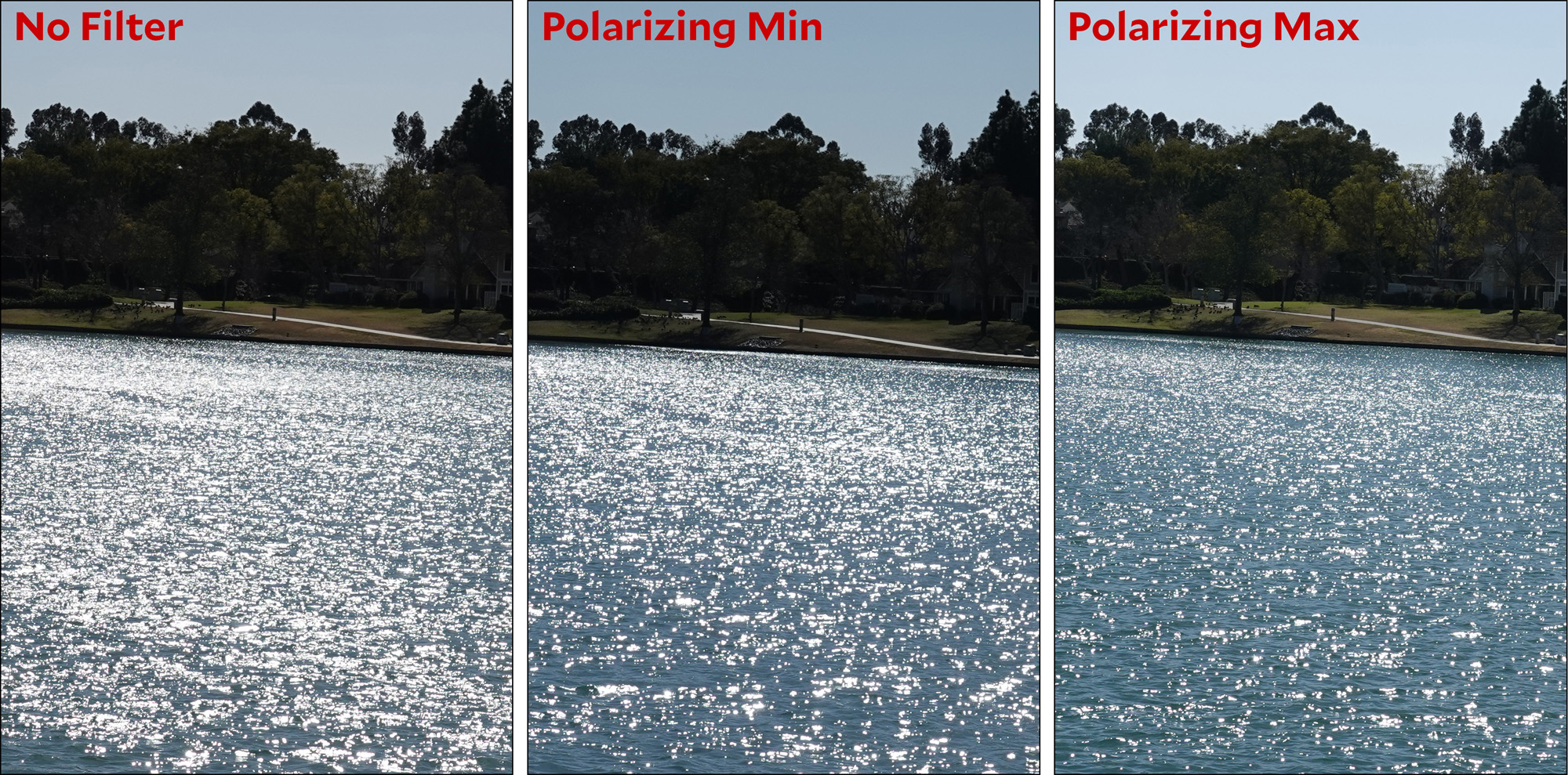
The filter doesn’t get all the glare, but it gets a lot of it. However, there’s a lot more you can do. For example, because of the way light scatters in the atmosphere, you can make the sky bluer and clouds more defined:
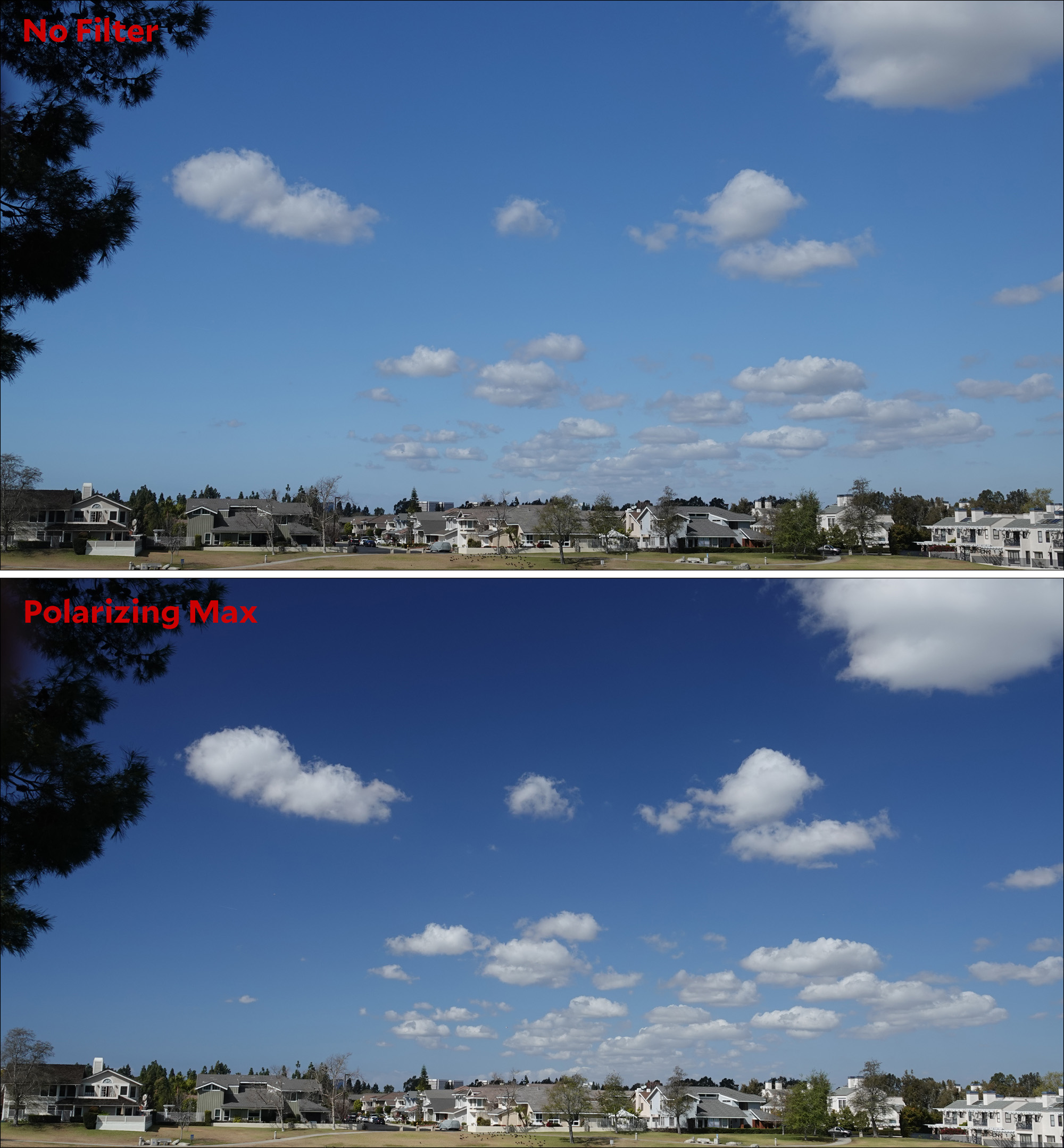
And it’s not just clouds. We got a little bit of rain a few days ago (hooray!) and this left a light dusting of snow on the mountains. A polarizing filter can make those snowy mountains pop a little more:
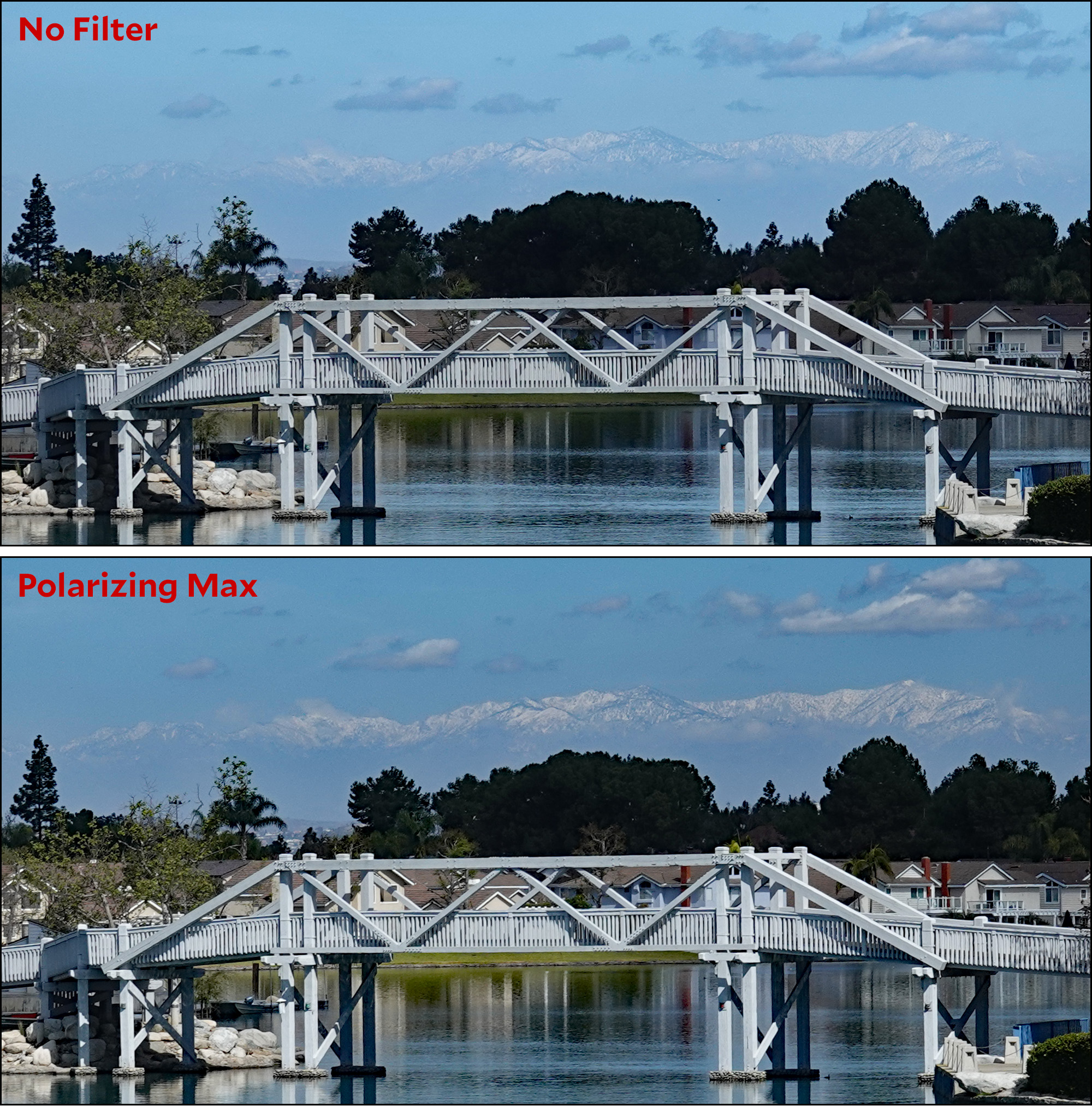
Another common use is to reduce reflections off glass. If you’re in a museum taking shots of the paintings, a polarizing filter will help reduce hot spots from the lights or reflections off the glass if the painting is behind glass:
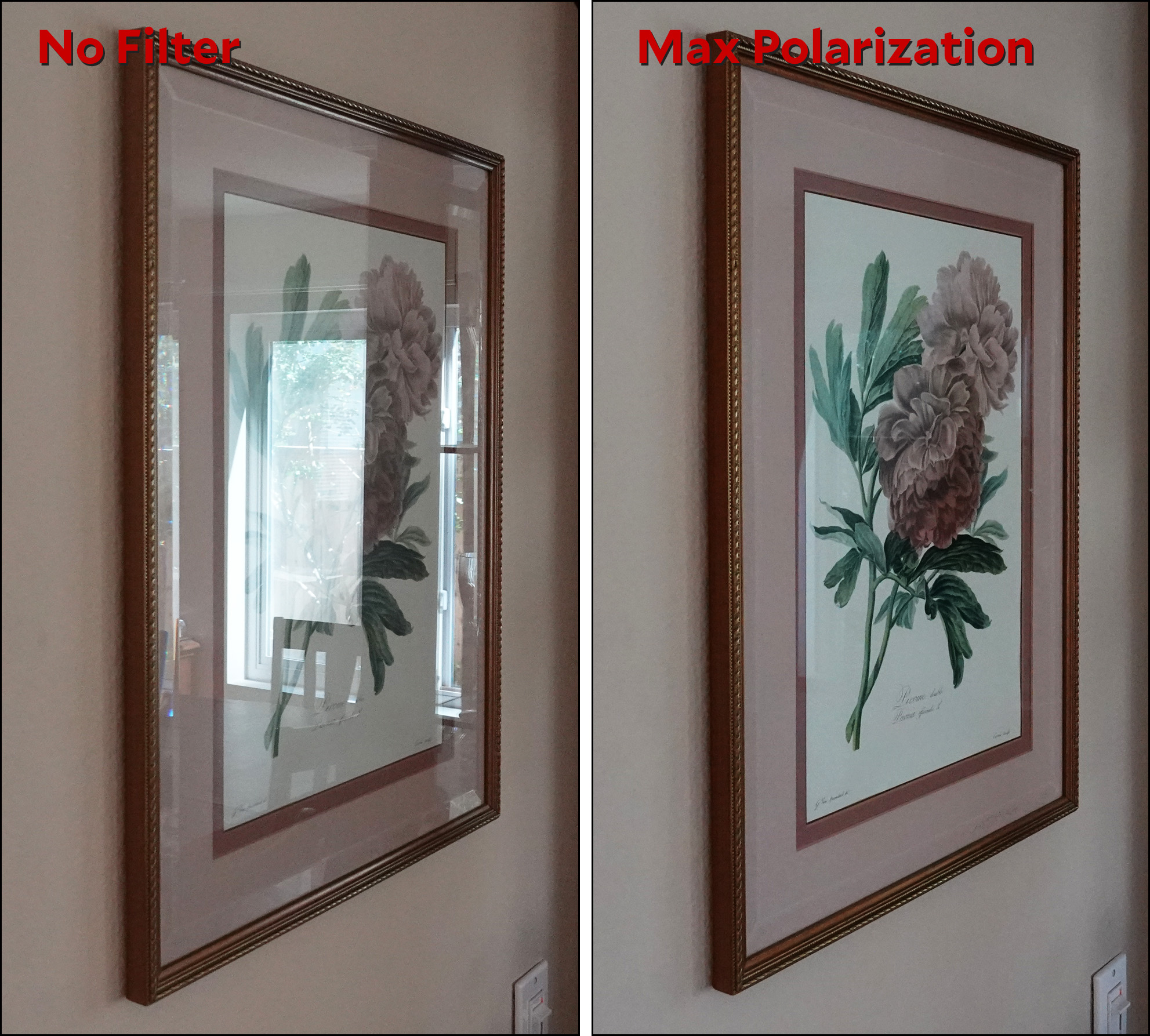
This also works for shooting out of airplane windows or car windows:
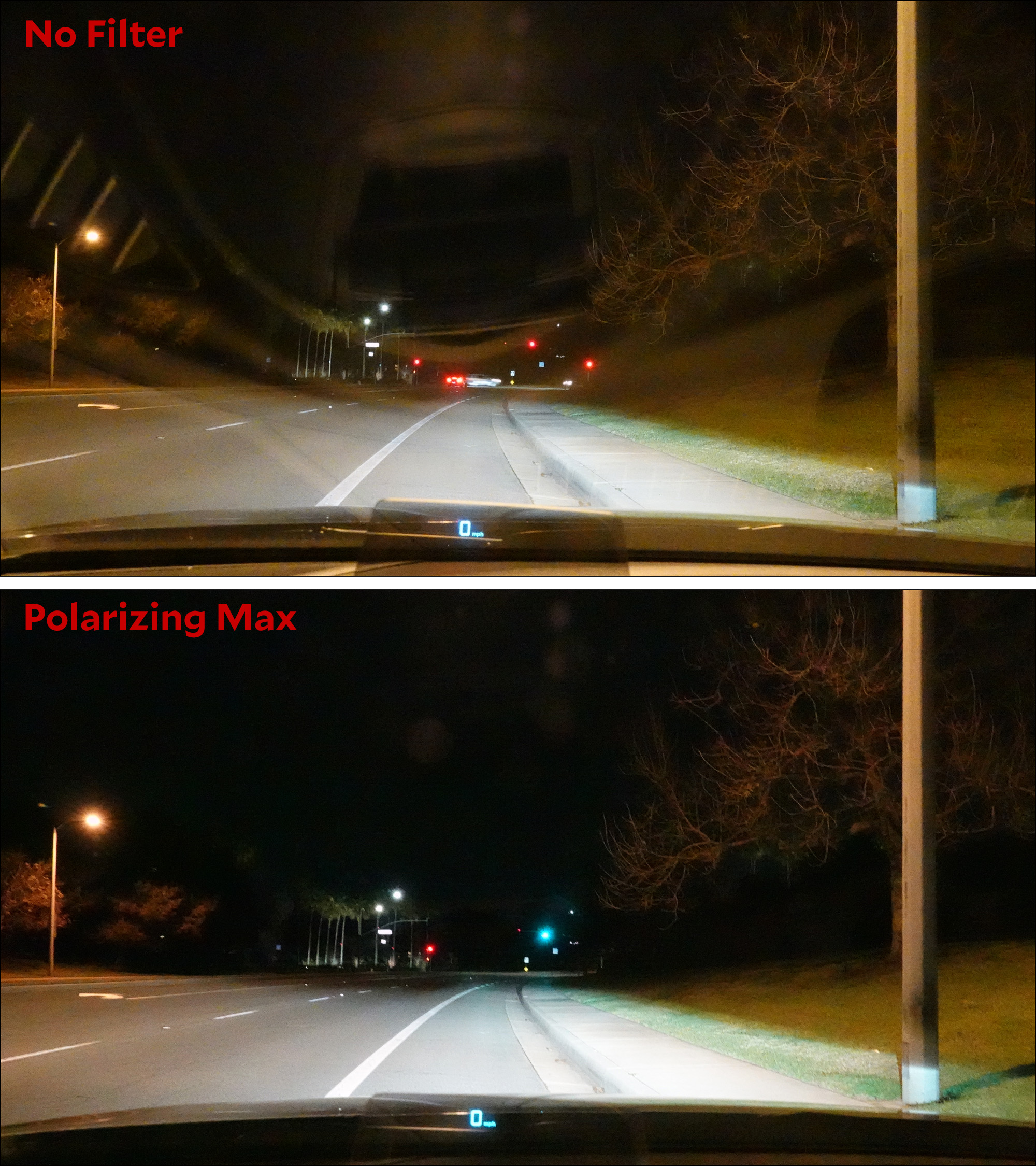
It’s also handy for commercial photographers, because sometimes you don’t always have full control of your lighting:
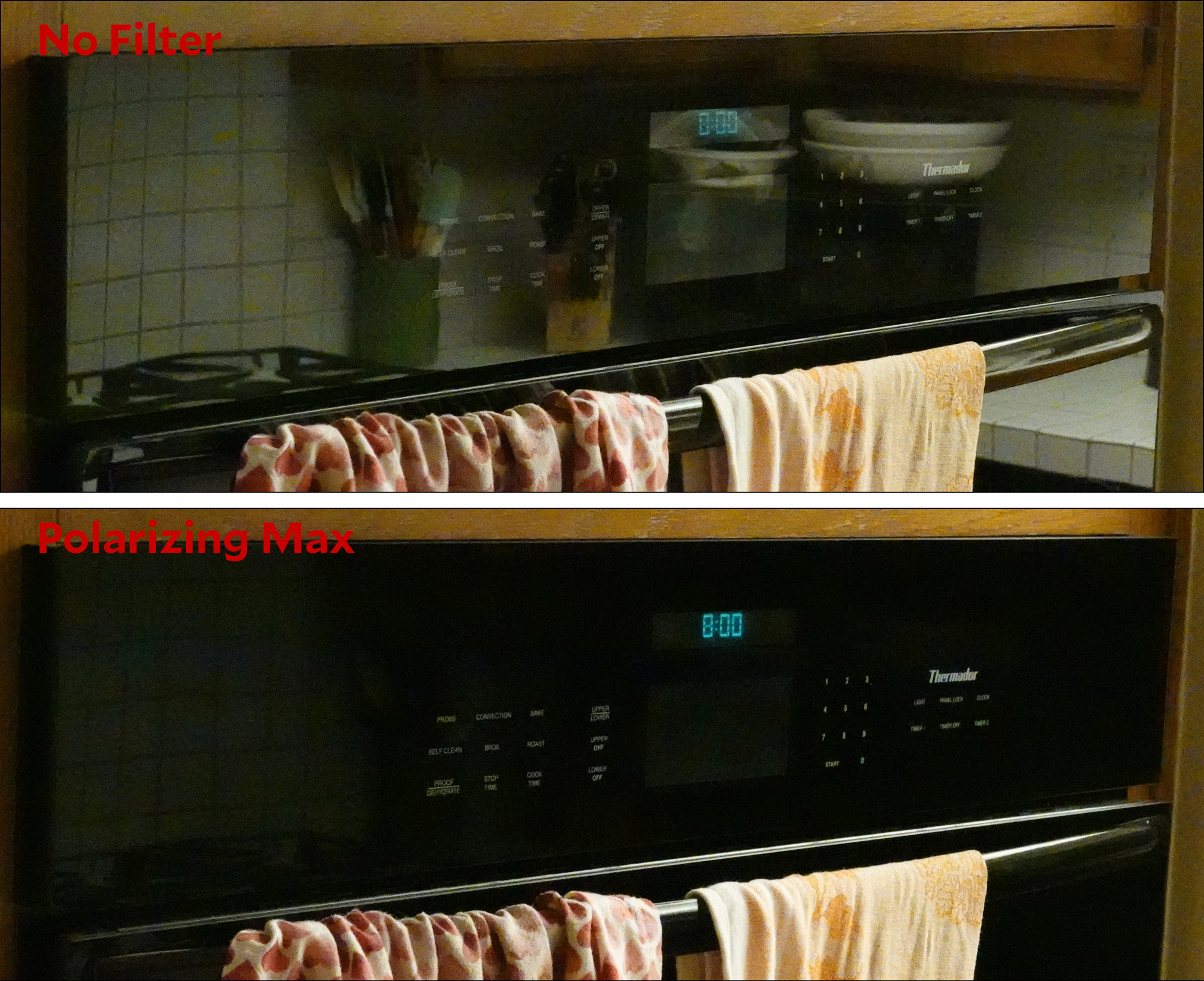
So there you have it: the wonders of a circular polarizing filter. Basically, anytime there’s glass or water involved in your picture, a polarizing filter might help. It doesn’t generally alter the color of your photos since both halves of the filter are a neutral gray, but they do cut down the amount of light entering your camera. This will force a lower shutter speed or a higher ISO setting, which might be a problem shooting indoors. Whether the tradeoff is worth it depends on how bright the lighting is and how bad the glare is.













